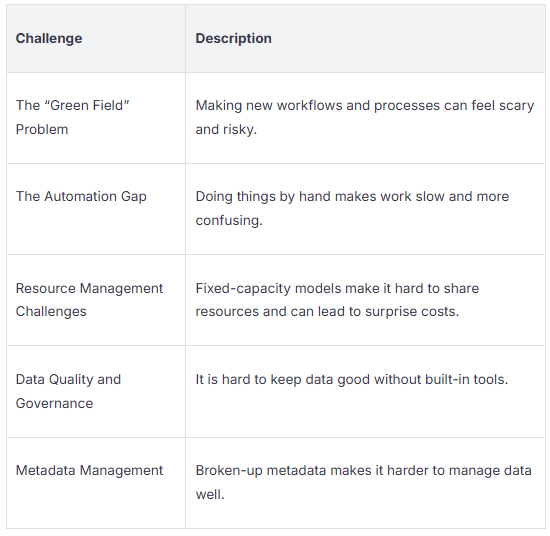Expert Advice for Navigating Microsoft Fabric Data Warehousing
You want to use your data well, but starting with microsoft fabric data warehousing can seem hard. Many people have problems like making workflows from nothing, fixing automation issues, and using resources wisely. Here are some common problems:
With the right tips and tricks, you can beat these problems and learn to manage data better with microsoft fab…


